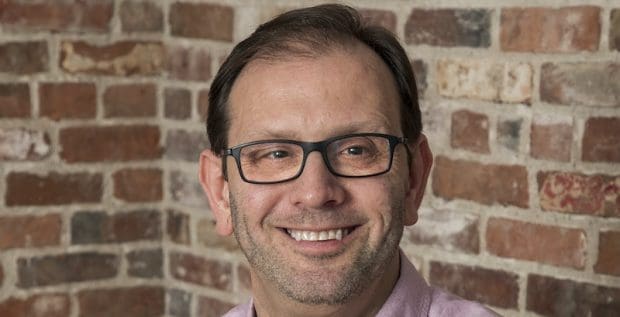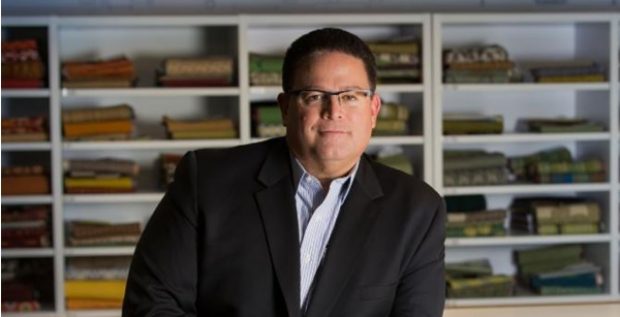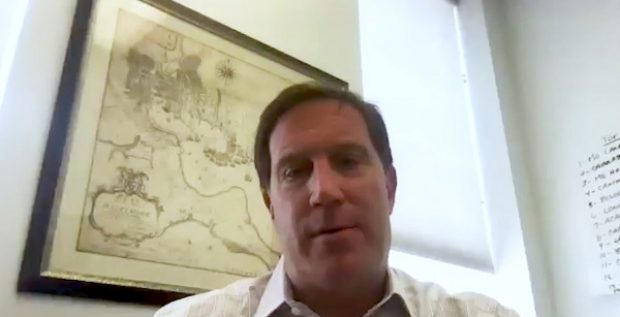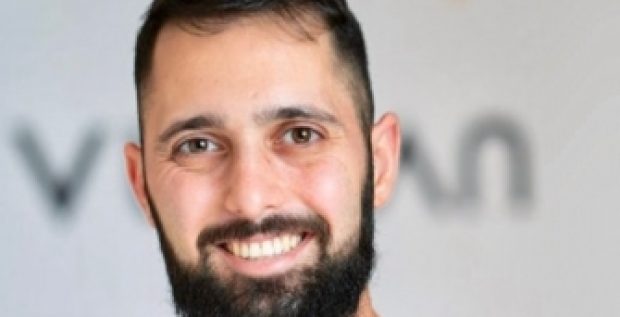Empowering brands and artists with social marketing that turns fans into superfans
Brian Razzaque is the CEO of SocialToaster, a social media marketing platform designed for brands and artists to leverage the influence of their biggest fans. SocialToaster’s engagement platform amplifies the reach and visibility of “superfans,” equipping clients with word-of-mouth, content-sharing ambassadors. Clients can track their results in real time with the platform’s advanced analytics and reporting capabilities. Some of SocialToaster’s most successful campaigns include partnerships with AARP, A&E’s Duck Dynasty, the United Nations, Perdue Chicken, and theBaltimore Ravens.
Were you raised to be an entrepreneur?
My father was a physician, so from birth I was basically—if not told—it was expected by everyone that I would become a doctor and I would take over my father’s practice. My whole life had been spent, all the way up through college, thinking I was going to be a doctor. I actually have a degree in Biology from Johns Hopkins in addition to my Computer Science degree. I came here to Baltimore from Detroit because I was going to become a doctor and went to Hopkins for that reason. I joke around and say if I went to a different school I probably would be a doctor. You know, when you go to a school like Hopkins, it’s very competitive and the Bio major particularly is a fairly large group. It’s all graded on a curve, and then I would have to work very hard to get a B. And I realized that if I wanted As in these classes I would have to dedicate eighty hours a week to studying just to be at that level.
In the meantime, I had always loved computers, but I never thought that I could do anything with them. I started taking some CS classes for fun. And so here I am, taking these fun classes that I totally enjoyed, and I’m acing every one of them with minimal effort. On the other hand, I’m taking this Bio stuff and I’m like, “This is horrible.” I’m busting my tail to just to get a B, and if I bring home a B, my dad would be like, “That’s not acceptable.” So, that was clue number one that maybe I was going down the wrong path. I told him—I said, “Dad, I think maybe I should go into more something with computers.” And after that happened, he called me up and said, “I think you’re right.”
That’s how I ended up going down the path. I started up my own VMT in my dorm room that very summer.
What does VMT stand for?
VMT, or Vision Multimedia Technologies, was my web development and web consulting firm that I founded all the way back in ‘98. I grew that up to be one of the largest web amateur firms in the region, and SocialToaster spun out of that as an idea that I had that came up actually because of something I was doing at VMT, where one of the employees came to me one day—I’d published a blog post—and he said to me, “Hey Brian, would you do me a favor? Would you let me know that you’ve published to the blog? I smacked my head and said, “Of course, I should let my employees know I’ve updated the blog.” I asked him, “Would you be willing to share the blog post to LinkedIn or Facebook?” And he said, “Absolutely.”
So, the next time I published the blog, I emailed everyone in the company and said, “Would you guys read the article and please go share it on LinkedIn?” And maybe 80% of them did it. The next time I published, I did the same thing, maybe 20% of them did it. By the time I was beyond that I was lucky if I got one or two people to share it. It occurred to me that every organization has these people that are absolutely willing to share content. They want to support it, but it was just too painful: the process of sharing is too cumbersome and you literally need to spoon-feed them what it is that you want them to do.
At the same time as I had this epiphany, I was also looking into social media as a whole. A lot of our partners and ad agencies would say, “You’re are tech company—what can you tell us about social media and technology that can make us stand out from the crowd?” I realized that if it was possible to string a bunch of technologies together, where you could facilitate that sharing process—sort of remove the friction from it, make it so people could share to a bunch of social networks and not just LinkedIn or Facebook, but share it to all of them with a single click. In doing so you could actually track the efficacy of what was happening. You could see who exactly shared and you could see what the results were. That was the genesis of SocialToaster.
Initially, it started out as a seminar series telling people about how it was possible and there was ton of interest, but everyone would come up to me afterwards and say, “This sounds great, but I we have no idea how to do what you’re talking about.” And so, I realized we could actually build a platform that made it essentially a turnkey solution.
We launched SocialToaster as a product in 2009 or so under the VMT umbrella. That was when we connected and were talking about it. We piloted it with the Hair Cuttery—that was actually our first sort of client around the concept—and it proved successful with them, and so that convinced me that maybe we were on to something that had some legs. We went to South by Southwest in 2010 or so. We had a booth, didn’t really have a real product at the time, but came up with the name. We showed up and came back with some of the most amazing leads and really proved the concept. That convinced me that we needed to set it up as its own company and see if we could make it a reality, so from 2010 to 2012 it ran as a standalone company. Basically, I self-funded it—did raise a little bit of friends and family money to also get it off the ground—and then it was only after we raised our series A in 2012 that I then sold VMT and focused all my attention on SocialToaster.
Connect with Brian on LinkedIn.





















